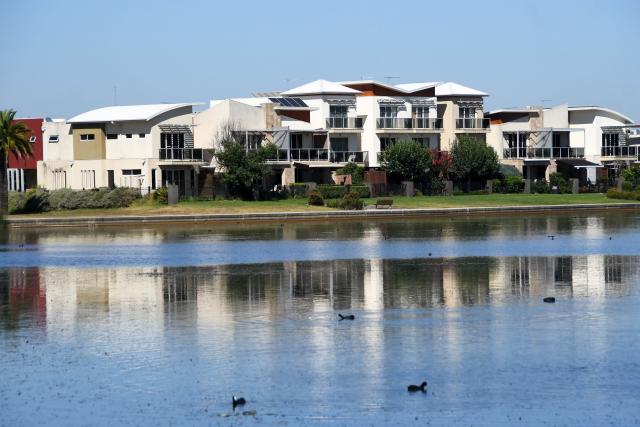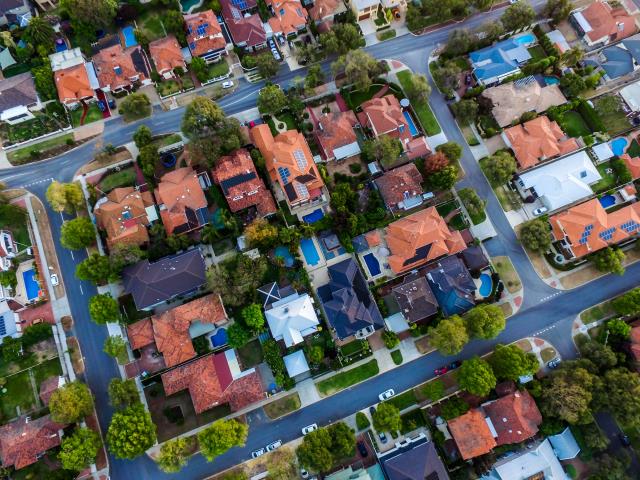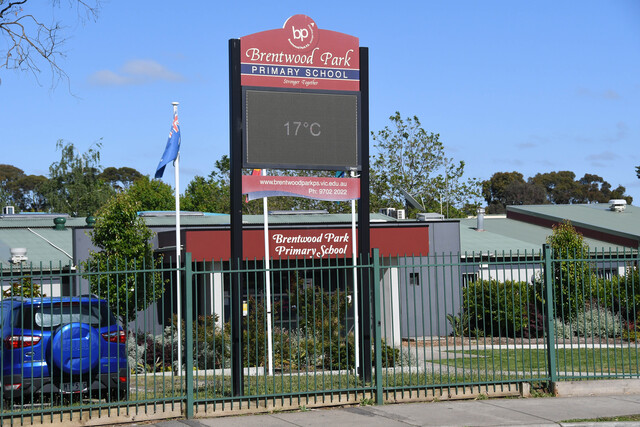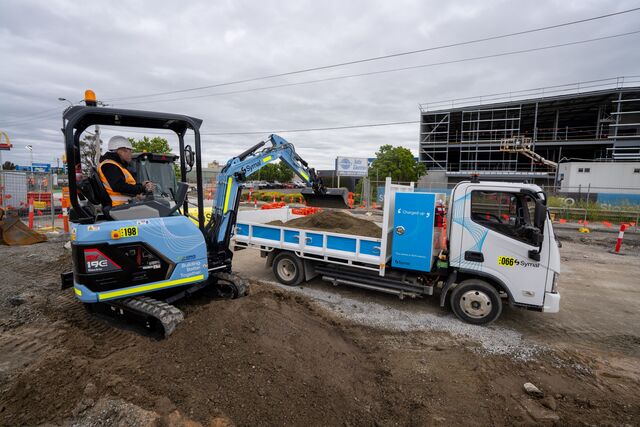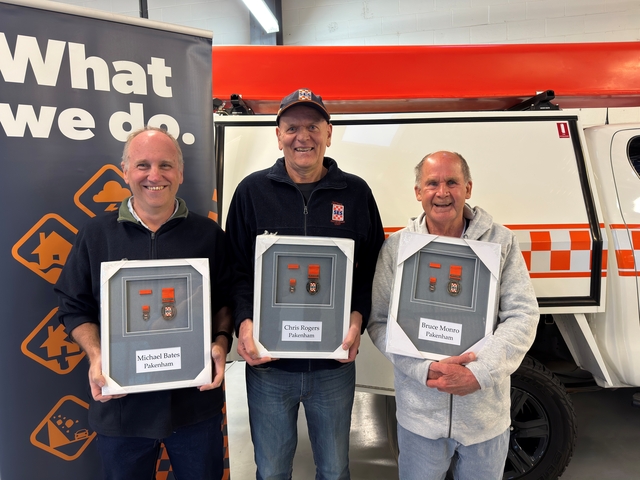A recent survey on rental affordability and stress reveals Pakenham is one of the top spots where renters are feeling the bite in a tough rental climate.
The latest iteration of the Rental Pain Index by Suburbtrends, as of February 2024, reveals the suburbs where renting is toughest by weighing the factors of average rental increase over a 12-month period, how much income is going to rent and the vacancy rate.
The freshly updated report continues to deliver on Suburbtrends’ commitment to unravelling the intricacies of rental market conditions, uncovering that an overwhelming majority of Australian suburbs are now grappling with severe rental distress.
Pakenham scored sixth in the top 25 worst suburbs for renting with a Rental Pain Index Score of 96. This score comes from an average rental increase in the past 12 months of 13 per cent with 33 per cent of income on average going toward rent and a vacancy rate of 0.49.
This is not the only South East suburb to make the top 25 for rental pain, Cranbourne sits at 15th with an index score of 94.
Cranbourne had an average rental increase of 14 per cent in the last 12 months with 29 per cent of income going to paying rent and a vacancy rate of 0.4.
Kent Lardner, who is behind Suburbtrends, underscores the gravity of these findings across the country.
“Our latest report unveils a scenario where the fabric of Australian rental living is under unprecedented stress. With states like Queensland and South Australia witnessing over 75 per cent of their suburb groups mired in extreme rental hardship, the financial burden on Australian tenants has intensified like never before,” she said.
Lardner urges policymakers to adopt innovative strategies in response to the index’s findings.
“As we step into 2024, the Rental Pain Index not only highlights the severe challenges faced by renters across Australia but also serves as a call to action for out-of-the-box thinking from our policymakers.
“Observing that over 6 per cent of Americans reside in mobile home villages compared to less than 1 per cent of Australians living in caravan parks, it’s time to broaden our perspective.
“In an era where premium quality prefabrication offers rapid, cost-effective housing solutions, our focus should shift towards exploring these faster and more economical alternatives to address the current housing crisis. Innovative policy solutions are crucial now more than ever to alleviate the dire rental stress evident across the nation.”

